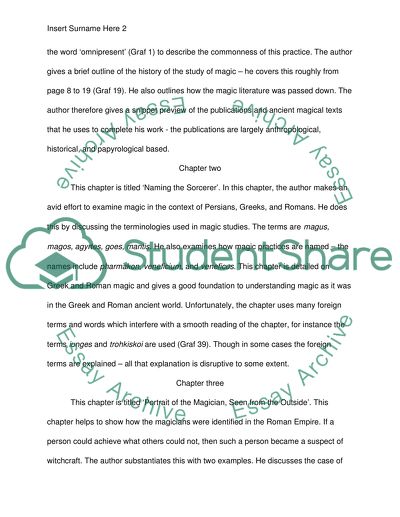Cite this document
(“Magic in the Ancient World by Fritz Graf Book Report/Review”, n.d.)
Magic in the Ancient World by Fritz Graf Book Report/Review. Retrieved from https://studentshare.org/religion-and-theology/1474669-a-book-review
Magic in the Ancient World by Fritz Graf Book Report/Review. Retrieved from https://studentshare.org/religion-and-theology/1474669-a-book-review
(Magic in the Ancient World by Fritz Graf Book Report/Review)
Magic in the Ancient World by Fritz Graf Book Report/Review. https://studentshare.org/religion-and-theology/1474669-a-book-review.
Magic in the Ancient World by Fritz Graf Book Report/Review. https://studentshare.org/religion-and-theology/1474669-a-book-review.
“Magic in the Ancient World by Fritz Graf Book Report/Review”, n.d. https://studentshare.org/religion-and-theology/1474669-a-book-review.


